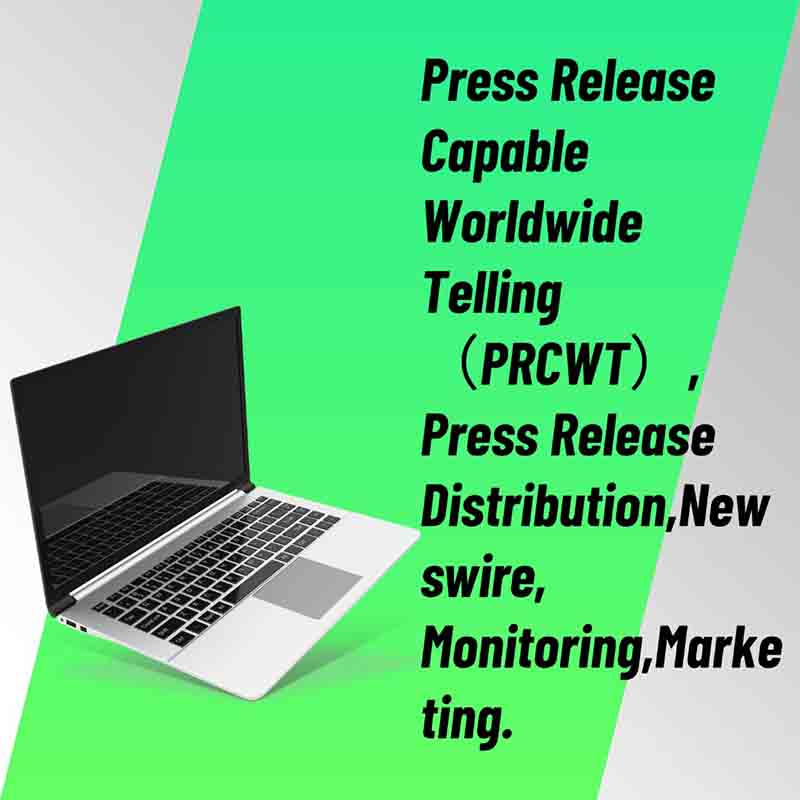In the vast landscape of the digital era, media monitoring has emerged as a crucial aspect of brand management and communication. It serves as a vigilant sentinel, keeping a watchful eye on the ever-changing tides of information. With the exponential growth of digital platforms and the explosion of content, the significance of accurate and timely media monitoring cannot be overstated.
According to recent industry data, the volume of digital information is doubling every few years, reaching an estimated 44 zettabytes by 2025. This deluge of data poses both challenges and opportunities for businesses. On one hand, it becomes increasingly difficult to sift through the vast sea of information to identify relevant trends and sentiment. On the other hand, it offers a wealth of insights that can be harnessed to drive strategic decisions and enhance brand performance.
Media monitoring allows companies to track their brand mentions, sentiment analysis, and the reach of their messages across various media channels. By understanding how their brand is perceived in the public eye, businesses can take proactive measures to address any negative sentiment and amplify the positive. It also helps in identifying emerging trends and competitors' activities, enabling companies to stay ahead in the highly competitive marketplace.
One of the key benefits of media monitoring is its ability to provide real-time feedback. In a world where news and information spread like wildfire, being able to react promptly to emerging issues is essential. For example, if a company's product receives negative reviews on social media, immediate action can be taken to address the concerns and manage the damage. This real-time monitoring and response capability can significantly impact a company's reputation and bottom line.

Another important aspect of media monitoring is its role in measuring the effectiveness of marketing campaigns. By analyzing the media coverage and social media buzz generated by a campaign, businesses can assess its reach, engagement, and impact. This data can then be used to optimize future campaigns and allocate resources more effectively.
However, media monitoring is not without its challenges. The sheer volume of data, the complexity of sentiment analysis, and the need for accurate interpretation require sophisticated tools and expertise. Additionally, the constantly evolving media landscape makes it necessary to stay updated with the latest technologies and trends.
To overcome these challenges, businesses are turning to advanced media monitoring tools and services. These tools offer features such as real-time alerts, sentiment analysis, keyword tracking, and social media monitoring. They help businesses streamline their monitoring processes and gain valuable insights from the vast amount of data available.
In conclusion, media monitoring is a powerful tool that plays a vital role in the success of modern businesses. By staying informed about the media landscape and leveraging the insights gained from media monitoring, companies can make informed decisions, manage their reputation, and drive growth in the digital age.